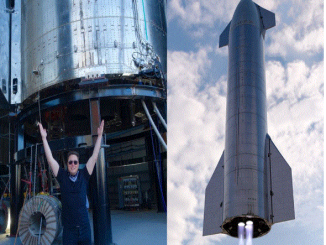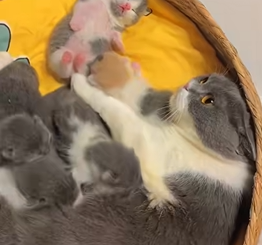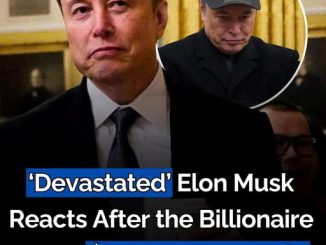
Elon Musk is widely celebrated as the man who redefined electric mobility. As the driving force behind Tesla, he has become synonymous with sleek, high-performance electric vehicles that promise not only to replace gasoline-powered cars but to outperform them. His name is stamped on every facet of the electric vehicle revolution, from battery innovation and autonomous driving systems to global charging networks and design philosophy. Yet there is a strange irony that defies expectation and contradicts the clean narrative many have accepted about the Tesla CEO.Despite founding and leading the most prominent EV company on the planet, Elon Musk does not drive a Tesla. Instead, he gets behind the wheel of a Porsche Taycan, an all-electric vehicle produced by one of Tesla’s most direct competitors. This surprising choice has become a whispered curiosity in automotive circles and a subtle shockwave for brand loyalists who would expect nothing less than full immersion from the man who champions Tesla as the car of the future.This fact is not a rumor. It has been spotted, confirmed, and even acknowledged. There are no grand denials, no PR spins, no elaborate attempts to obscure the reality. Elon Musk drives a Porsche Taycan. And his reasons are not hidden behind strategic market analysis or secret business deals. They are rooted in something far more personal and revealing.Musk’s choice is not about brand loyalty, but about experience. For all the noise around industry rivalry, his decision reflects a deeper truth about the man himself. Elon Musk is not a mascot for Tesla. He is an engineer, a technologist, a thinker who thrives on understanding the limits of innovation—even when it means engaging with his competitors’ work.The decision to drive a Taycan has confounded fans and investors alike. Tesla’s lineup includes some of the most celebrated vehicles in modern automotive history, from the popular Model 3 and Model Y to the luxury Model S and the high-performance Model X. The Roadster reboot, the Cybertruck, and the upcoming Robotaxi platform are all testaments to Tesla’s dominance in the electric vehicle space.
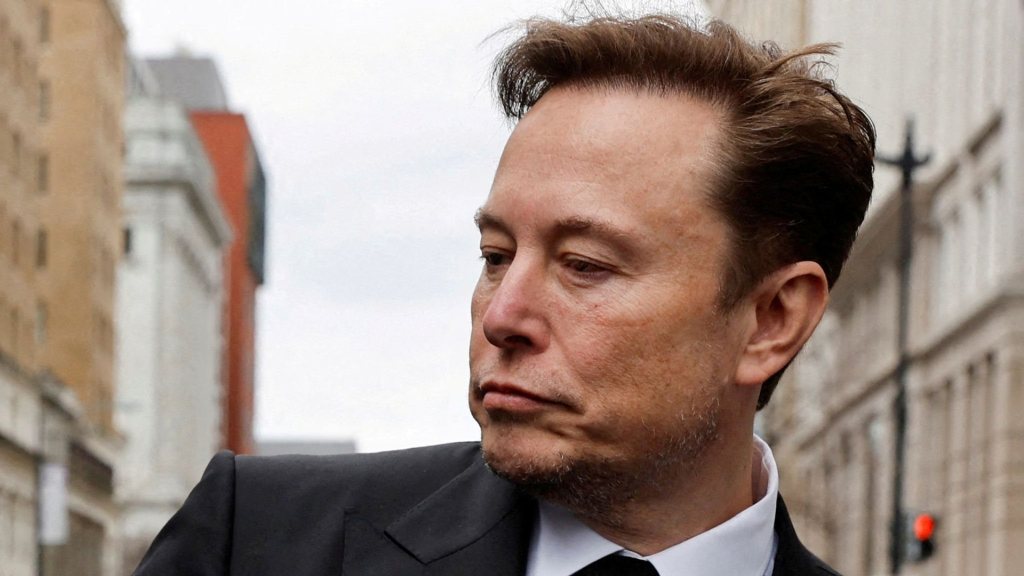
Musk has been photographed in these vehicles. He has promoted them, tested them, and even famously used a Tesla Roadster as the payload in one of SpaceX’s most dramatic orbital launches. But in his personal day-to-day life, when there are no cameras and no press releases, the car he chooses to drive is German, not Californian.The Porsche Taycan is no ordinary car. It is a technical masterpiece, praised for its smooth acceleration, precise handling, luxurious interior, and driving dynamics that appeal to the most discerning enthusiasts. Unlike Tesla’s minimalist cockpit and touchscreen-dominated controls, the Taycan embraces traditional craftsmanship, tactile engagement, and a sporty aesthetic that connects with drivers on a visceral level.Musk’s appreciation for this vehicle should not be interpreted as betrayal. It is an engineer recognizing excellence in design. For someone who obsesses over mechanical nuance, data feedback, and real-world testing, driving a competitor’s vehicle is not only understandable—it is necessary.In fact, one could argue that Musk’s choice demonstrates an important quality that sets him apart from the average CEO. He does not hide from the competition. He seeks it out. He studies it. He learns from it. Musk once explained that his preference for the Taycan had nothing to do with undermining Tesla. Rather, he simply enjoyed how the vehicle felt on the road.The responsiveness, the engineering, the subtleties of its performance. Musk is deeply engaged with the product experience, not just the marketing. This is the same man who used to sleep on the Tesla factory floor during production crises. He values firsthand knowledge above all else, and the Taycan gives him an external benchmark by which to judge Tesla’s evolving standards.
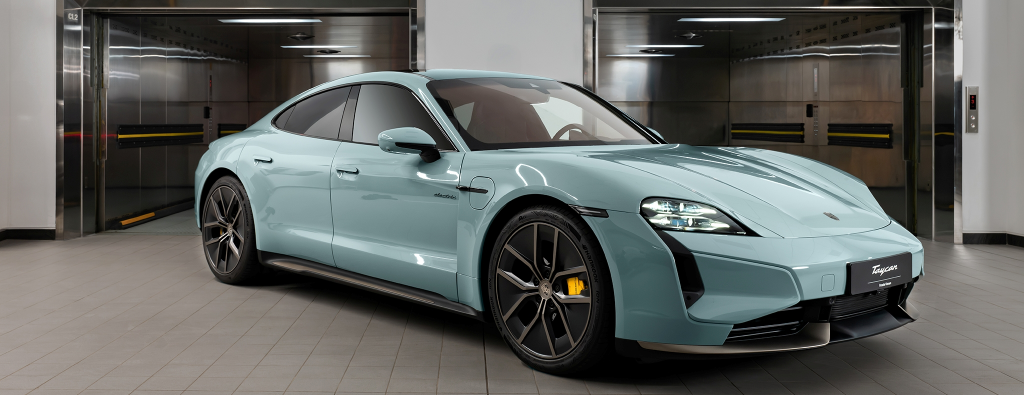
This unconventional behavior is not new for Musk. Throughout his career, he has challenged norms, abandoned expectations, and made decisions that confounded both supporters and critics. He doesn’t follow brand orthodoxy. He dismantles it.He’s been known to use Apple products while criticizing Apple. He’s praised NASA while launching his own competing space missions. He’s bought Bitcoin, Dogecoin, and Twitter, all under frameworks of curiosity, strategic experimentation, or philosophical alignment rather than pure commercial gain. Musk operates according to a logic that prioritizes insight, disruption, and iterative improvement, not corporate rigidity.Some observers might see this as inconsistent or even disloyal. But to understand Musk is to realize that loyalty to progress outweighs loyalty to image. His brand is not built on personal perfection but on relentless ambition.He is not pretending to be the ideal Tesla customer. He is pushing Tesla to be the best version of itself, and that requires knowing what else is out there. When a Porsche Taycan performs better in a specific category, Musk wants to know why. He wants to feel it, assess it, and respond to it. And by doing so, he positions Tesla to evolve past its own comfort zones.This has significant implications for Tesla as a company. Internally, it fosters a culture of self-improvement and competition. Employees are encouraged to compare their products not just to last year’s model, but to every rival on the market.
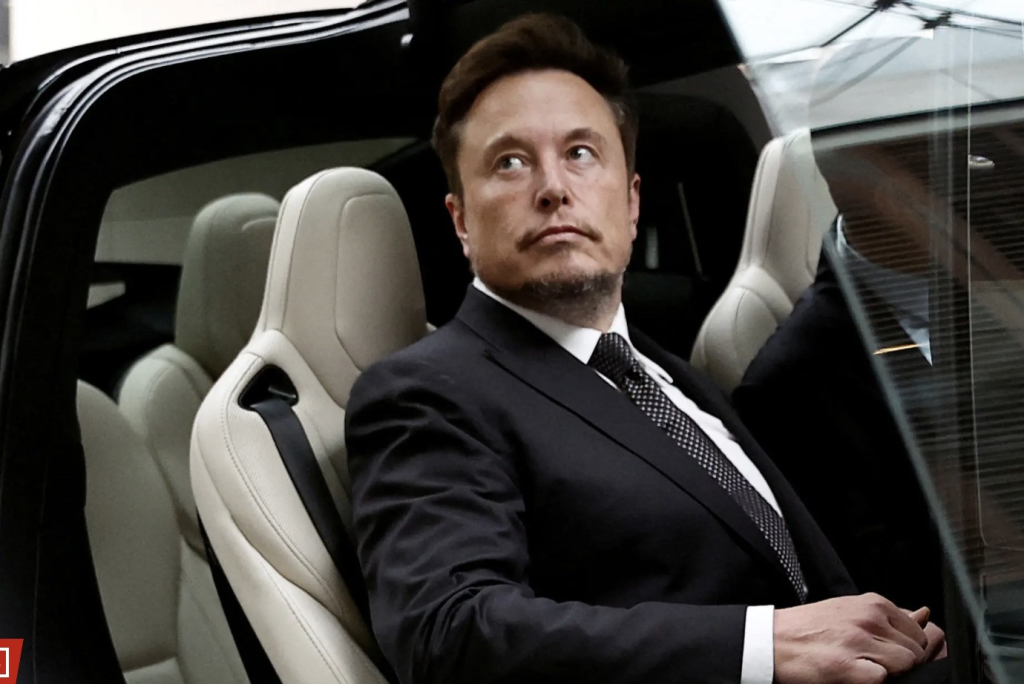
Musk’s example gives permission to challenge assumptions and embrace the idea that learning from others is not weakness—it is intelligence. By driving a Taycan, Musk may be indirectly signaling to his own team that Tesla is never finished. There is always a better version waiting to be built. There is always something to learn.From a marketing standpoint, Musk’s choice may seem risky. Brand leaders typically embody their brand to an almost theatrical degree. Think of Steve Jobs and his black turtlenecks, Howard Schultz and his Starbucks obsession, or Richard Branson’s constant flights on Virgin planes. But Musk resists those clichés. He does not curate a lifestyle around his businesses. Instead, he lets the product speak for itself. His life is not an advertisement. It is a laboratory. While the average CEO worries about optics, Musk obsesses over function.In a way, this behavior also deepens his credibility. Musk is not asking people to buy a Tesla because he says so. He is inviting them to judge Tesla against the world’s best—and choose accordingly. He knows that Tesla is not the only excellent EV manufacturer on the market.But he believes that Tesla’s core advantages, from battery range to software integration to supercharging infrastructure, will ultimately prevail. The Taycan may win in handling or luxury, but Tesla leads in scalability, autonomy, and vision. Musk is not afraid to acknowledge short-term gaps in pursuit of long-term dominance.Moreover, his decision adds complexity to the public narrative surrounding Tesla. It disrupts the perception of cult-like devotion that critics often associate with Musk and his followers. It shows that the man at the top is not blinded by his own creation. He is curious, analytical, and humble enough to recognize value in the work of others. This humanizes him and reminds observers that true innovation thrives on diversity of perspective.

The symbolic weight of this act cannot be ignored. In an era where CEOs often posture for shareholder approval and perform carefully staged brand alignment, Musk’s unapologetic choice stands as a statement. It says that excellence is not confined to one logo.That progress is a global, collaborative, and competitive journey. That even the most visionary entrepreneur must remain a student of the world around him. The Taycan in Musk’s garage is not a betrayal of Tesla—it is a mirror. A mirror that reflects both where Tesla shines and where it must go further.As Tesla continues to expand its lineup, enter new markets, and lead the transition to sustainable transport, the pressure to remain number one will only intensify. Musk’s willingness to embrace competition not only sharpens Tesla’s edge but sets an example for how to lead with curiosity instead of ego. He is not afraid of what others build. He is afraid of stagnation. And that fear drives him to explore every possible frontier, whether it comes stamped with a Tesla badge or not.In the end, the car Musk drives is not as important as why he drives it. It reveals a mindset that values truth over perception, experience over identity, and performance over politics.It is a reminder that innovation is not loyalty to a brand—it is loyalty to the mission. And Musk’s mission has never been to worship Tesla. It has always been to accelerate the advent of electric transport and ensure the survival of human civilization. If that journey includes a few detours through Stuttgart, so be it.
